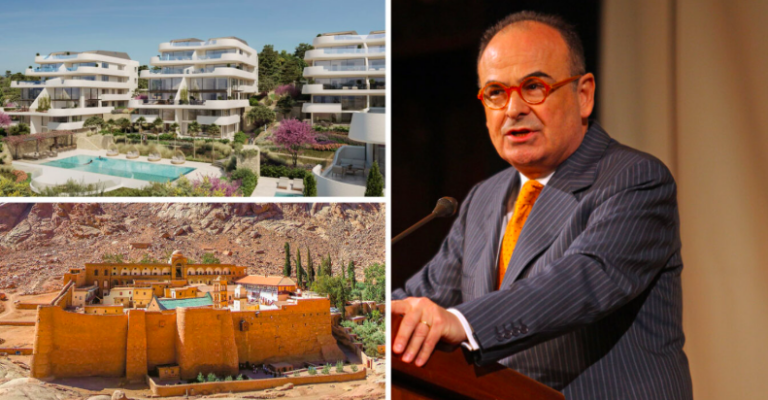What links the ambitious Apollo Hills project—a luxury residential development on the Athenian Riviera—with the historic Saint Catherine’s Monastery on Mount Sinai, a site where three religions (Orthodoxy, Islam, and Judaism) have coexisted for centuries? The common denominator is the signature of a distinguished Greek architect, Dimitris Porphyrios, renowned worldwide for his innovative ideas and aesthetics.
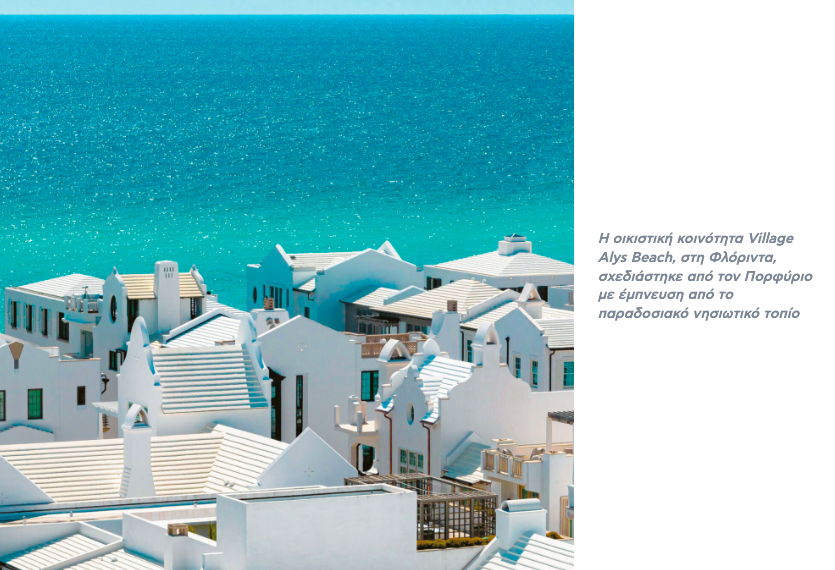
Through his London-based firm, Porphyrios Associates, Dimitris Porphyrios has left an impressive architectural footprint over the past 40 years. His designs span universities, hotels, resorts, and office buildings, primarily in the United Kingdom and the United States. His work, distinguished by a pioneering approach to integrating architecture with the environment, climate, and culture, is celebrated for harmoniously combining tradition with modernity.
Greek Identity in Architecture
The names “Porphyrios” and “Architecture” have become synonymous, yet Porphyrios also represents Greece. He is a global ambassador of Hellenism, embedding Greek tradition, style, and culture into many of his creations. Alongside his remarkable bibliography and frequent lectures at prestigious universities such as Yale, as well as invitations to international forums by scientific and cultural institutions, Porphyrios has become a highly respected figure.
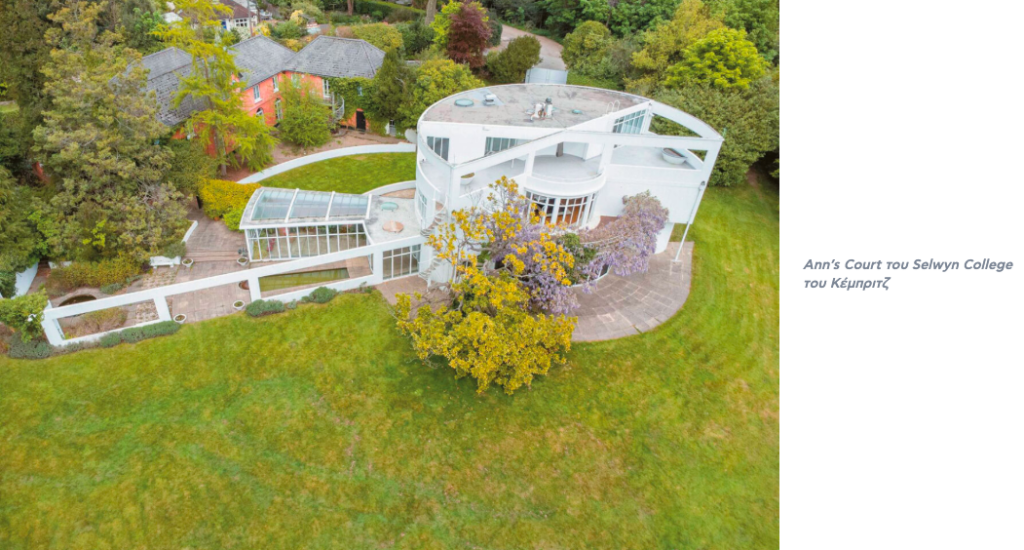
In recognition of his contributions, he was one of four honorees at the International Foundation for Greece (IFG) Awards ceremony held on October 14, 2024, at the Acropolis Museum. The IFG Awards, established by George and Aspasia Leventis, celebrate distinguished members of the Greek diaspora who promote Greek spirit and culture globally. A vital part of the awards is the issuance of commemorative stamps featuring the honorees, a collaboration with Hellenic Post.
Dimitris Porphyrios: A Life of Achievement
Born in Lefkada in 1949 to a family originally from Constantinople, Porphyrios grew up during turbulent times, as his family sought refuge from the Greek Civil War. He graduated from Athens College in 1968, earned a master’s degree in Architecture, and obtained a PhD in the History and Theory of Architecture from Princeton University. His doctoral dissertation on Finnish architect Alvar Aalto was later published as Sources of Modern Eclecticism.
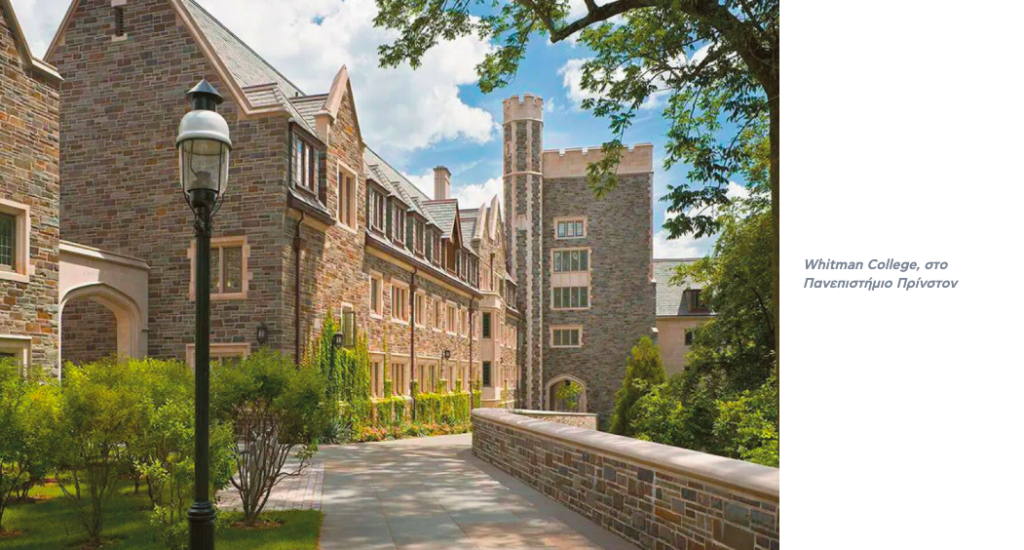
Porphyrios advocated for a “styleless classicism,” which he termed “Doricism,” reminiscent of early 20th-century Scandinavian classicism. He taught at the University of Virginia and later at Central London Polytechnic, the Architectural Association, and the Royal College of Art in London. He also served as an advisor to King Charles, having been invited to teach at the Prince of Wales’s Institute of Architecture.
In 1984, he founded Porphyrios Associates in London. From 1993 onward, he began winning major architectural competitions, including projects for Magdalen College Grove at Oxford, Selwyn College at Cambridge, and Whitman College at Princeton.
Apollo Hills: A New Landmark
Construction of the Apollo Hills development, a €200 million luxury residential project in Voula, began shortly before Christmas. Nestled at the foot of Mount Hymettus with a panoramic view of the Saronic Gulf, the project is set to become a landmark of the Athenian Riviera. Despite a completion date in late 2026, 31% of the residences have already been reserved, reflecting high demand.
Designed by Porphyrios in collaboration with the Greek architectural firm Diarchon, Apollo Hills features exquisite residences surrounded by lush greenery, offering peace, privacy, and security. An 11-acre area is dedicated to public green spaces, sports facilities, and parks. Porphyrios describes the project as “like yachts scattered along the coastline,” aiming to transform an urban area into a sophisticated residential community. The project introduces a new benchmark in sustainable living, employing certified green architecture under the BREEAM standards.
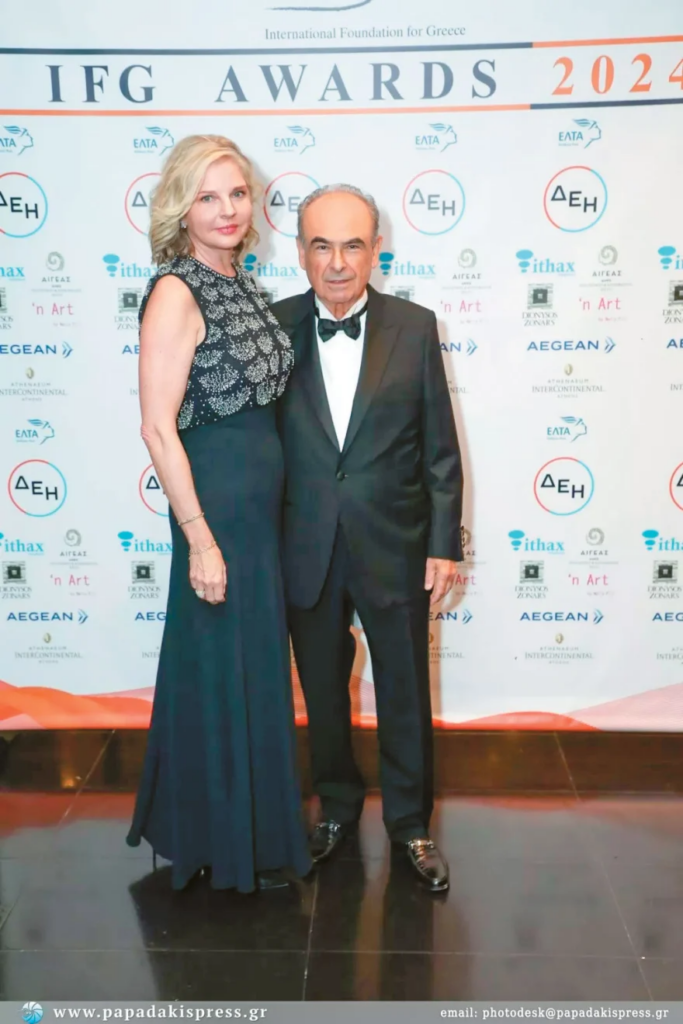
A Historic Legacy: The Renovation of Saint Catherine’s Monastery
Nearly 2,000 kilometers southeast of Athens, in the biblical setting of Mount Sinai, Saint Catherine’s Monastery faces a significant legal challenge over the ownership of 71 properties. The monastery, built in 527 AD by Emperor Justinian and recognized as a UNESCO World Heritage Site, holds a unique position in history as a bridge between Christianity and Islam.

Porphyrios undertook one of the monastery’s most critical renovation projects in recent decades: the restoration of its historic library in 2017. The library, second only to the Vatican in terms of its collection of ancient manuscripts, houses over 6,000 rare books and documents, including the Codex Syriacus, a 4th-century Syriac text of the Gospels, and even a medical prescription by Hippocrates.
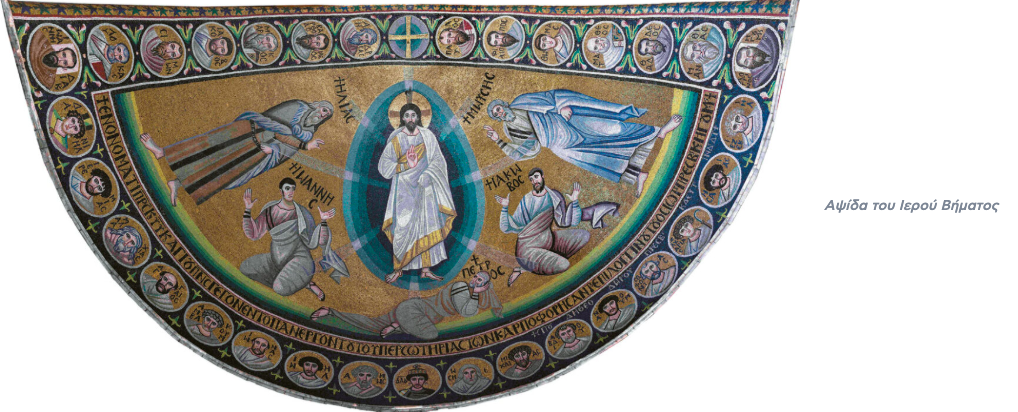
Porphyrios considers this project the most significant of his life. “It progressed slowly because everything required permits from the Egyptian government, and bringing workers into a desert monastery posed unique challenges,” he explained. The library’s proximity to a wall dating back to Justinian’s time added further complexity.
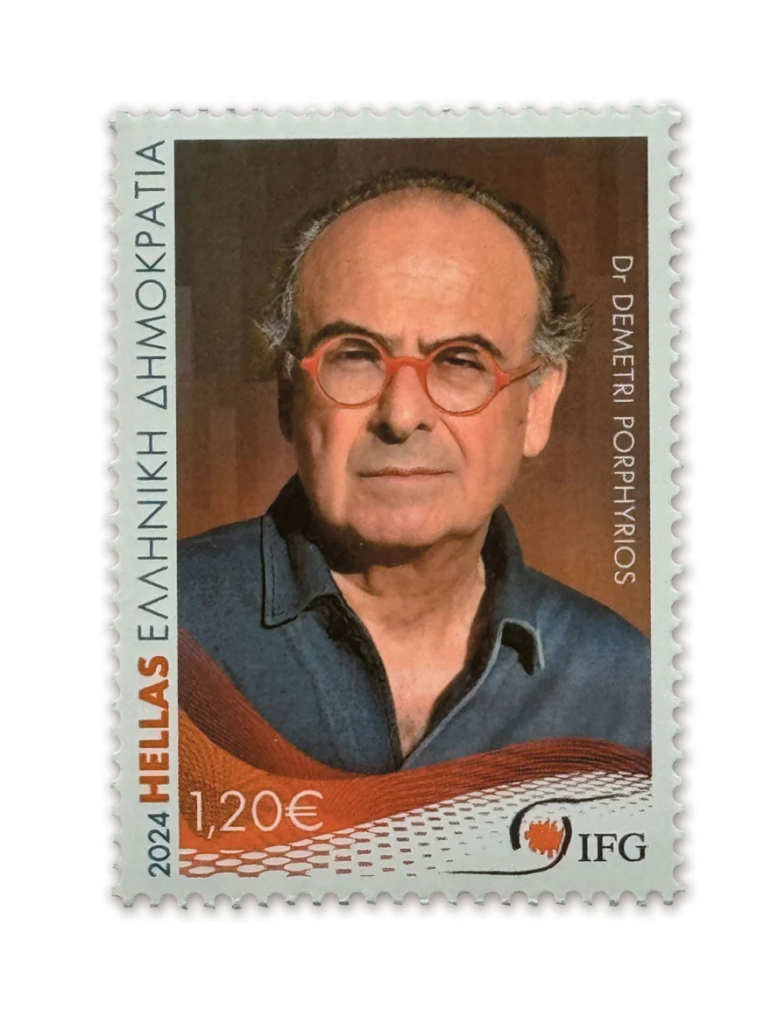
A Monument of Cultural Heritage
Saint Catherine’s Monastery, situated at an altitude of approximately 1,700 meters, marks the location where Moses received the Ten Commandments. It has performed a crucial spiritual role throughout its long history, fostering dialogue between Christianity and Islam. The Saint Catherine Foundation, established to support the monastery’s conservation efforts, includes prominent figures from Greek business and academia among its members. Dimitris Porphyrios, who also holds the title of Archon of the Ecumenical Patriarchate, has played a vital role in these initiatives.

From Sinai’s desert to the vibrant Athenian Riviera, Dimitris Porphyrios continues to shape architectural heritage with a unique blend of tradition and innovation, leaving an indelible mark on the world stage.
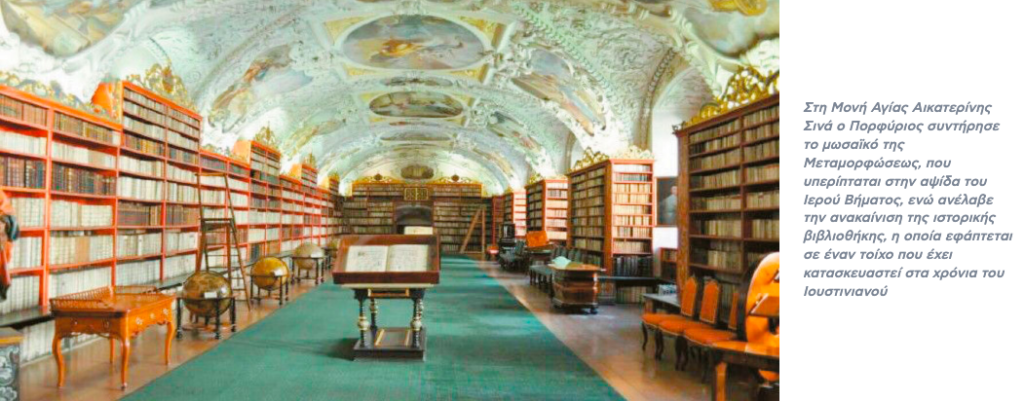
Ask me anything
Explore related questions
